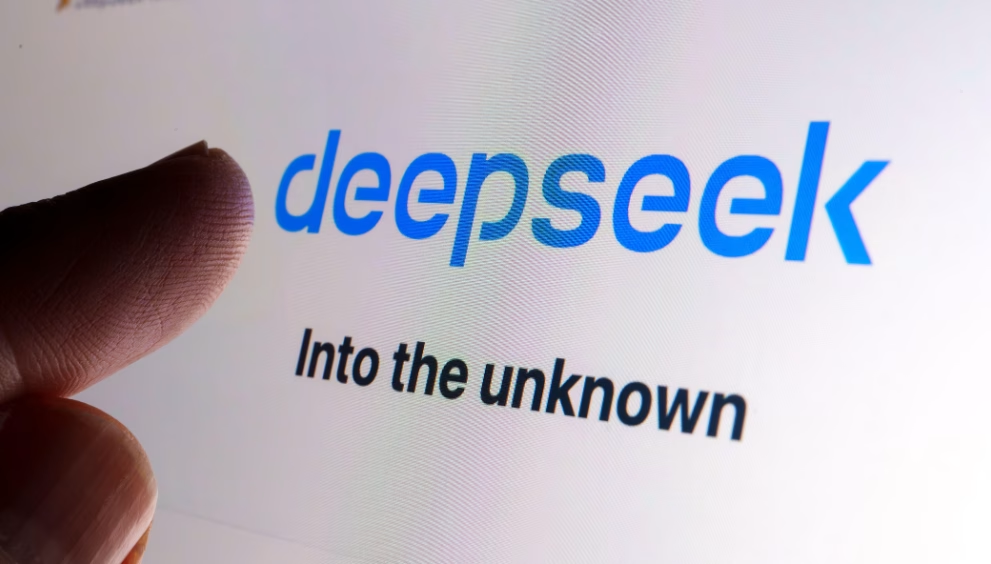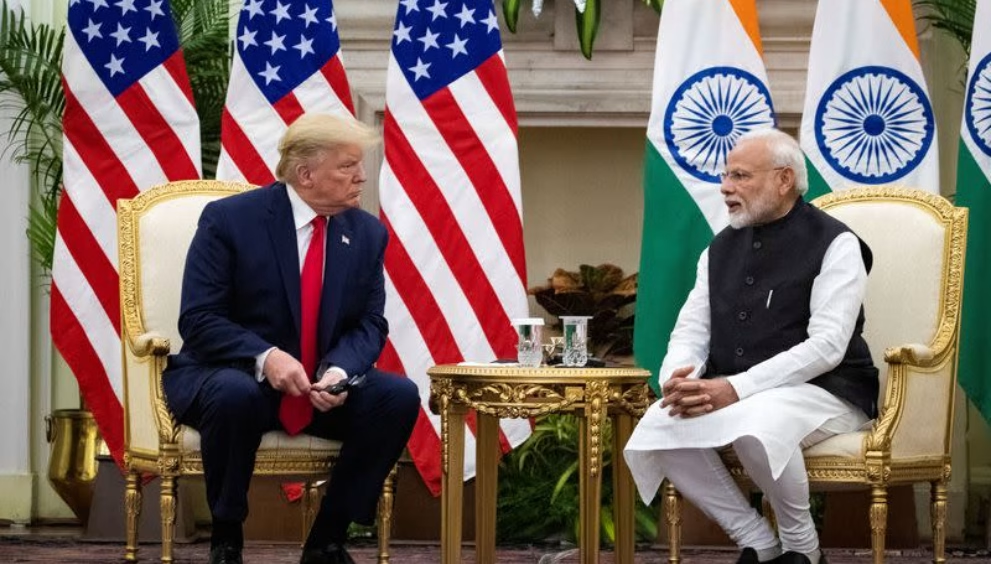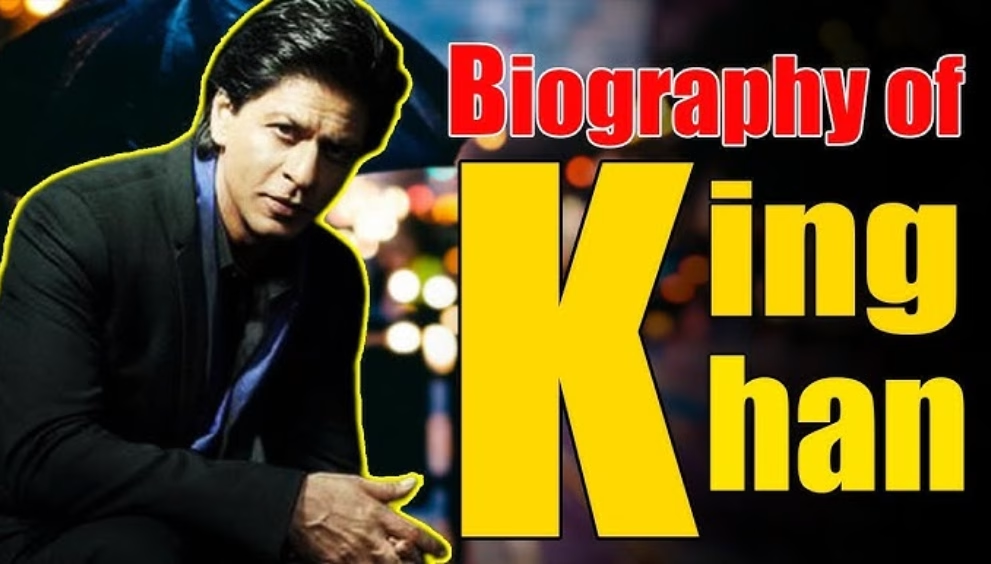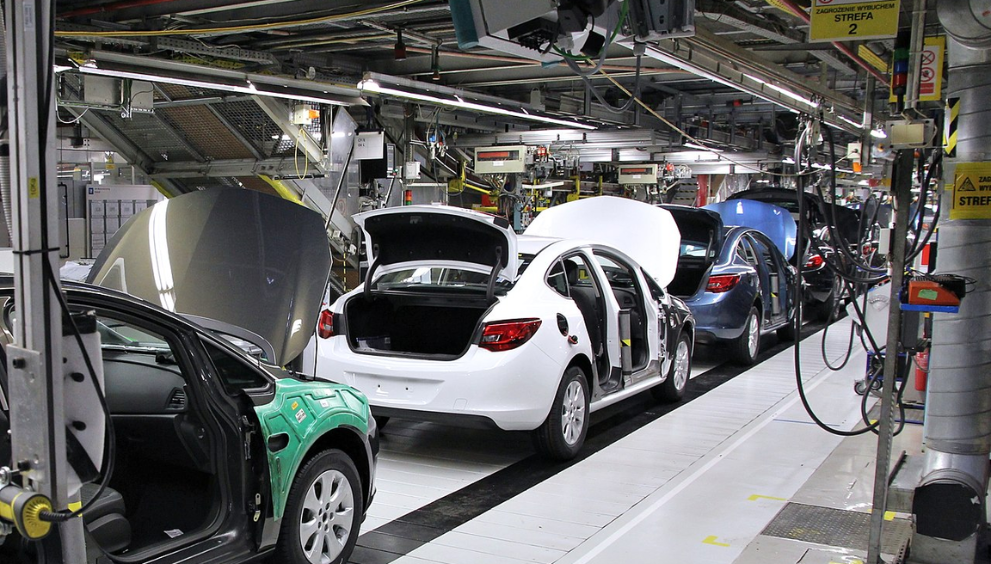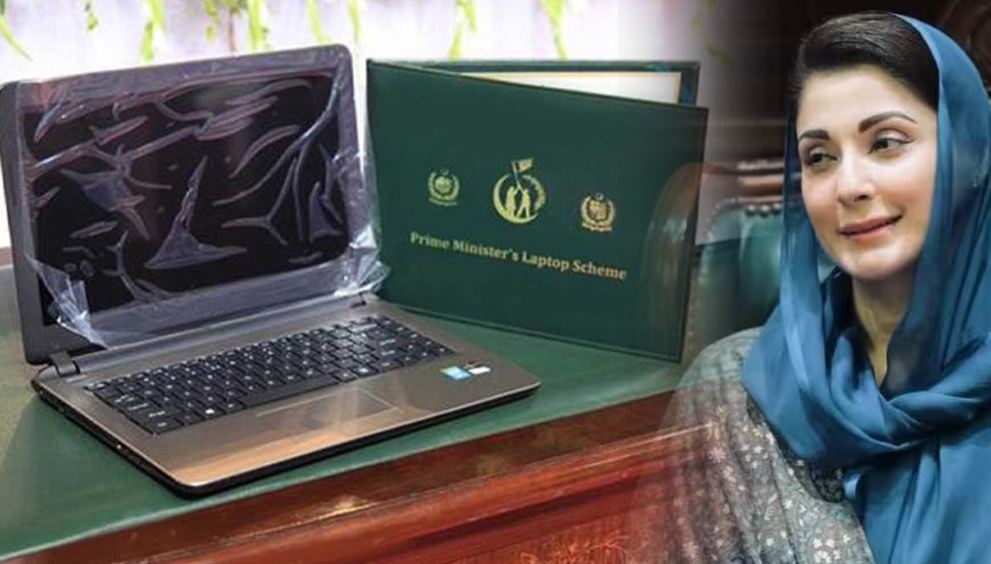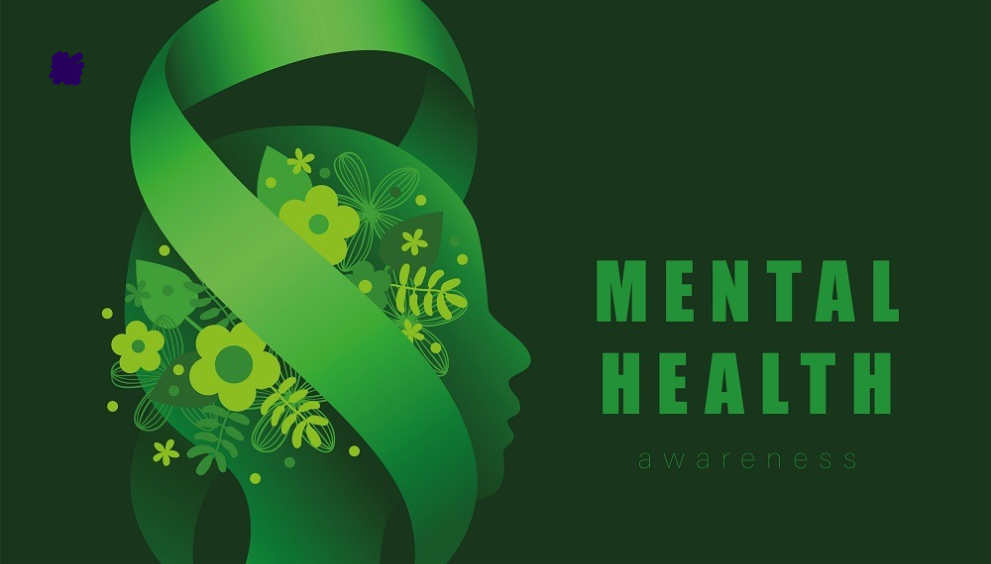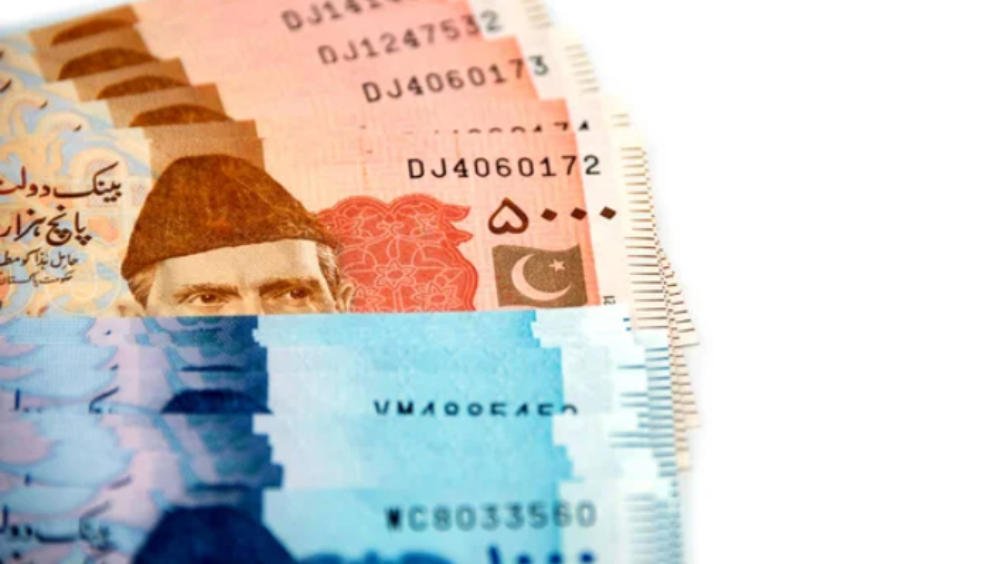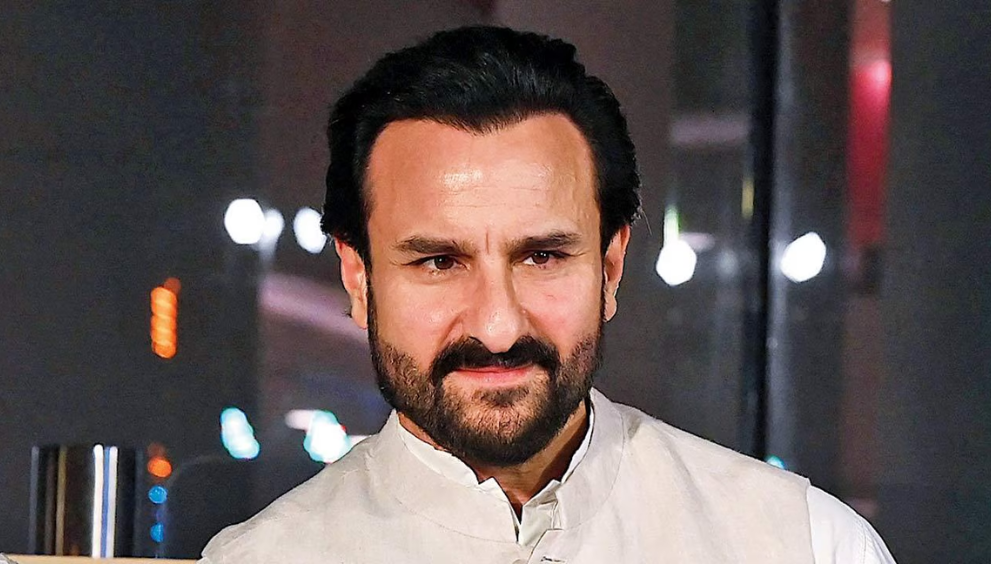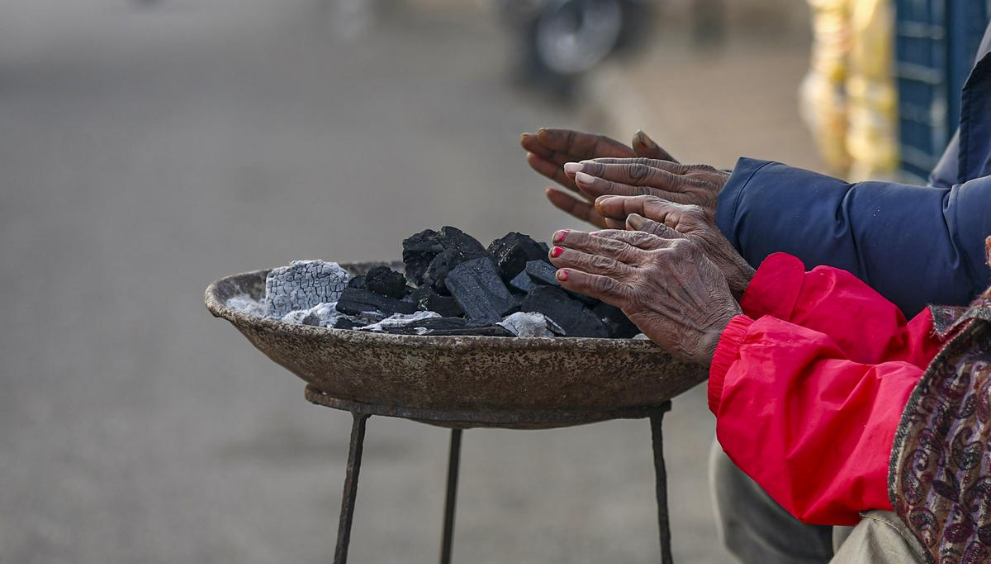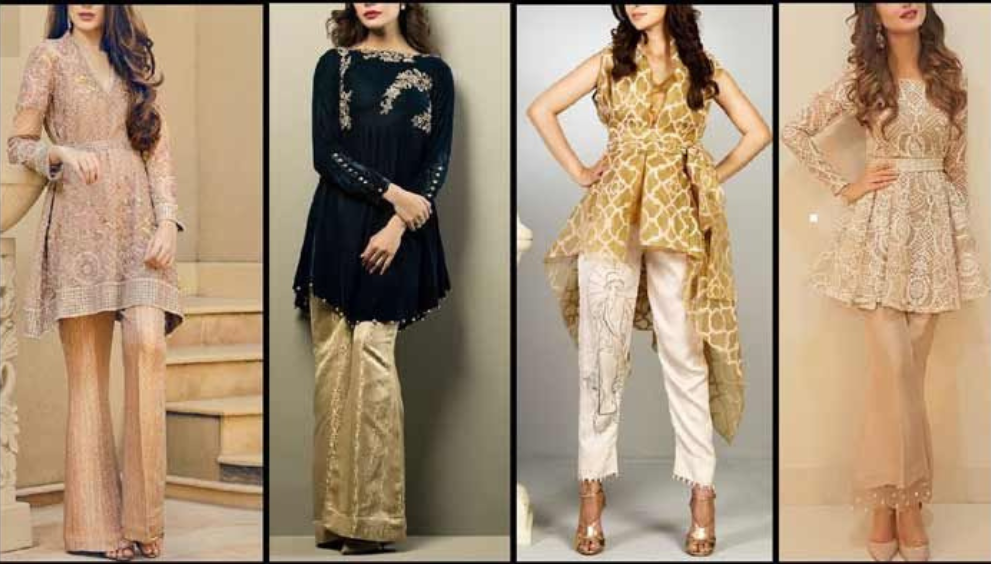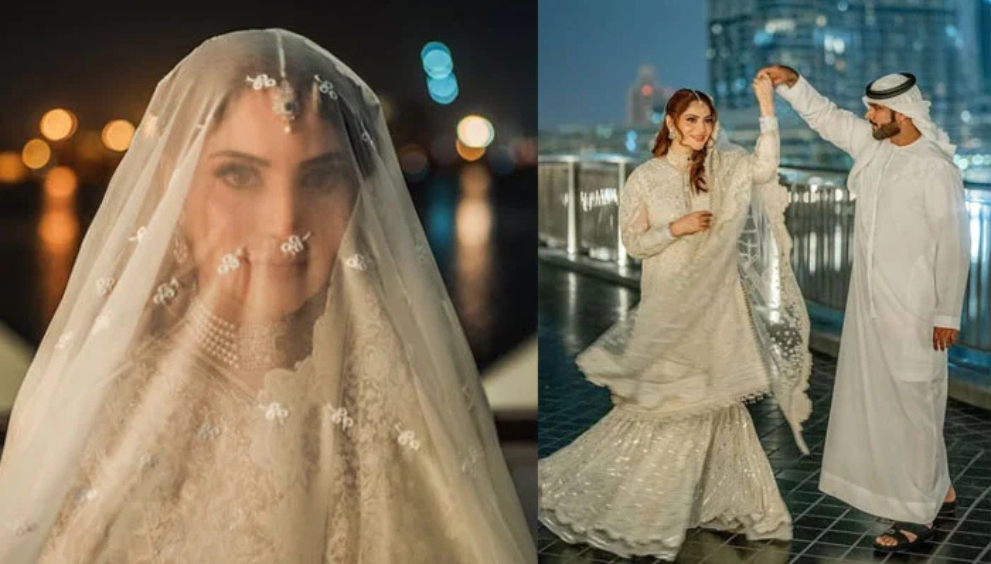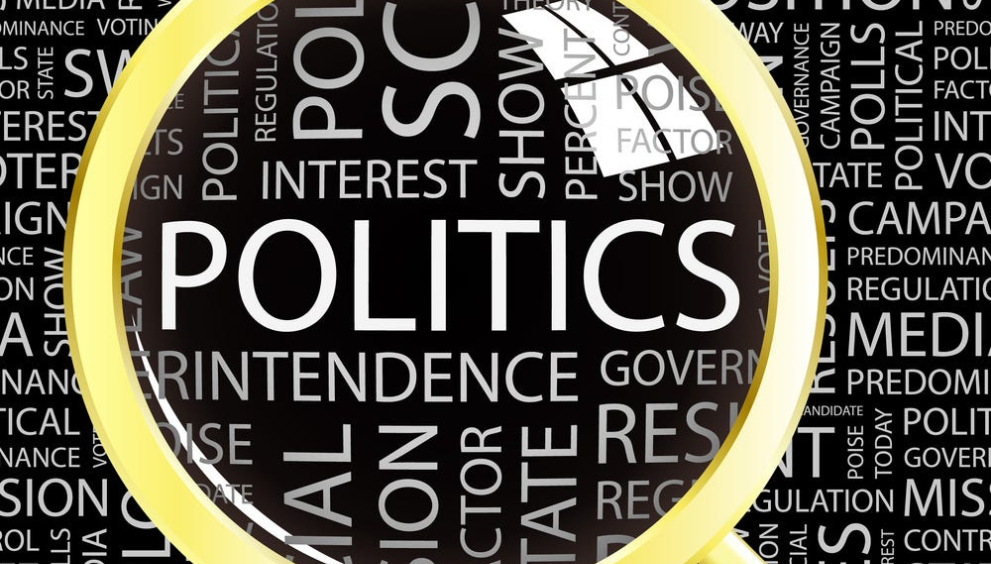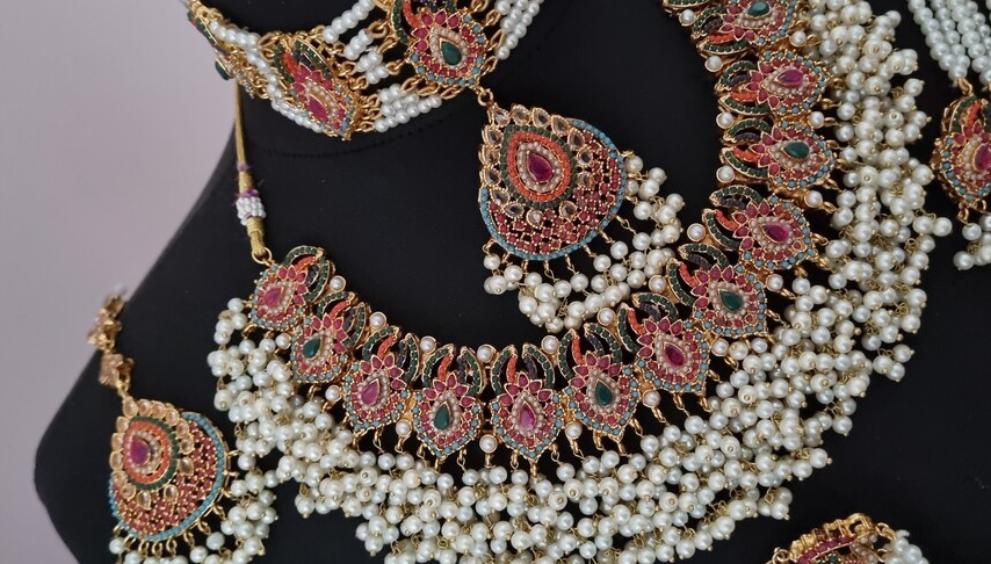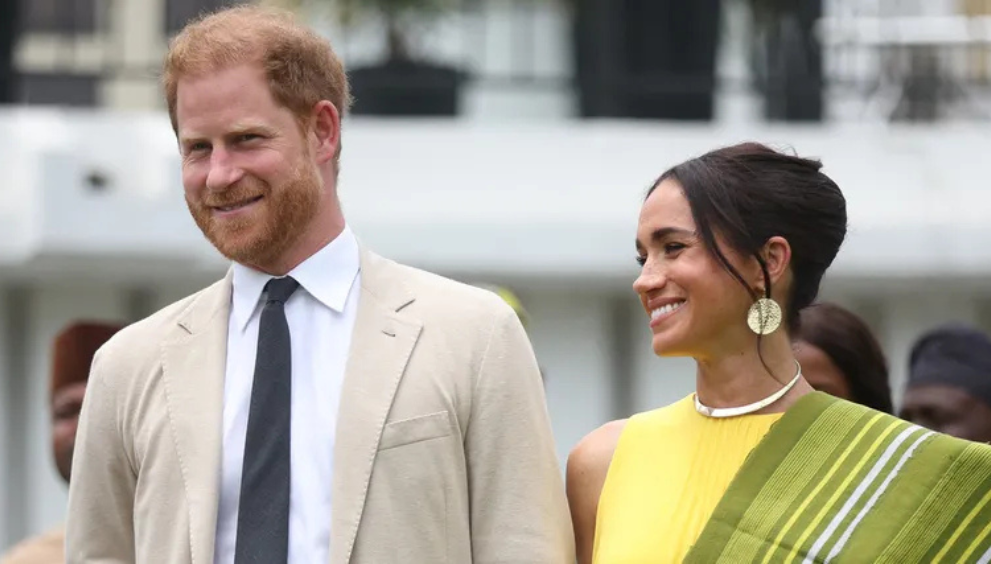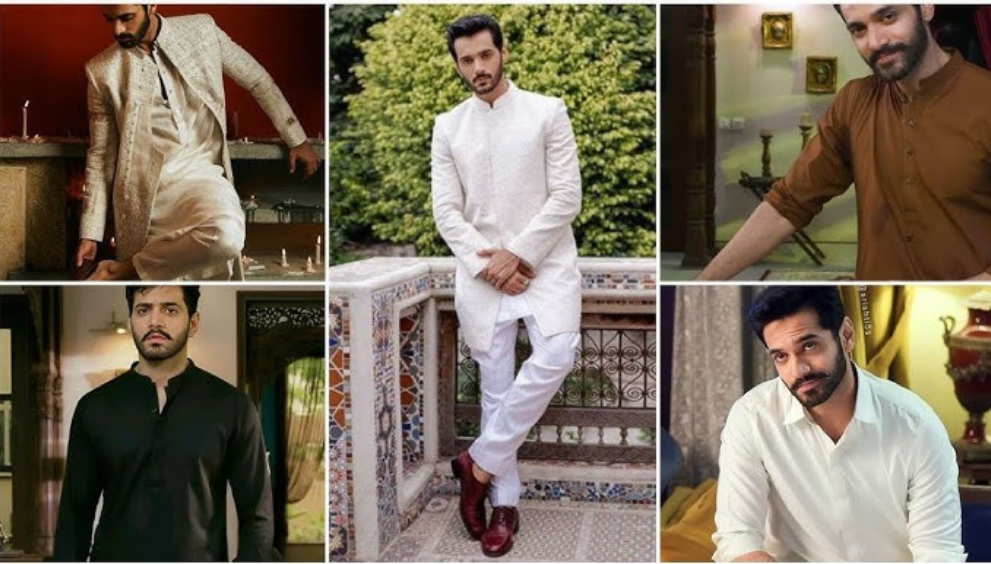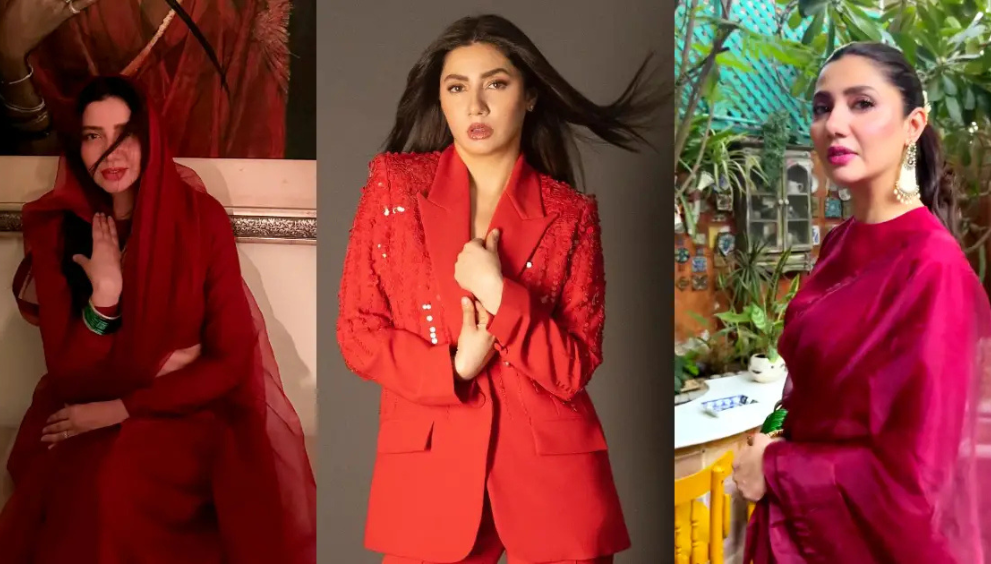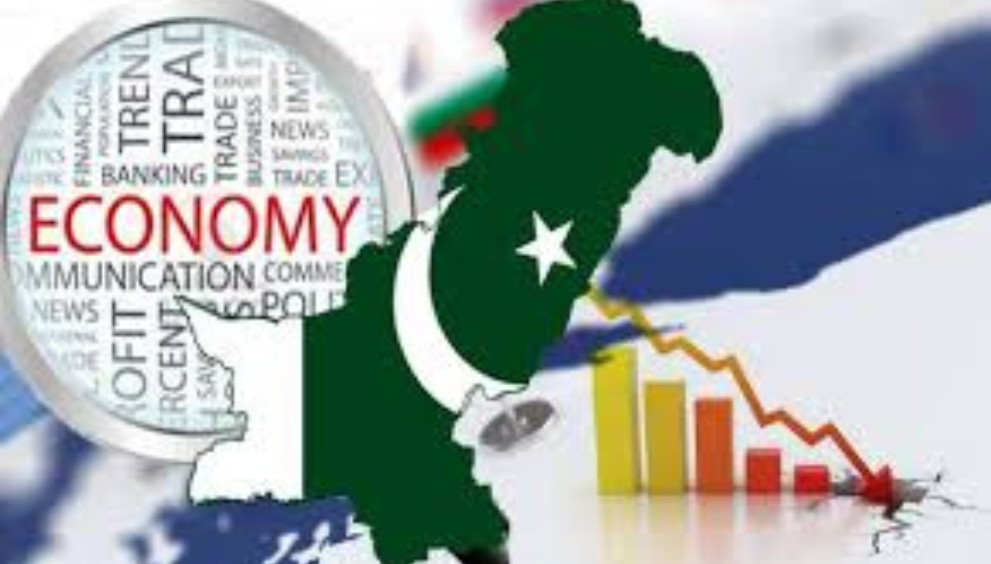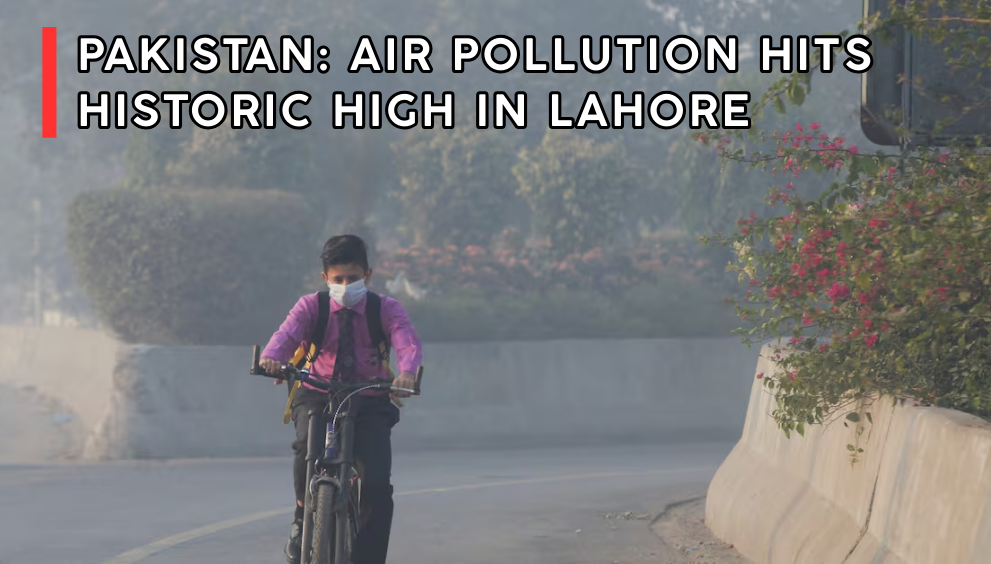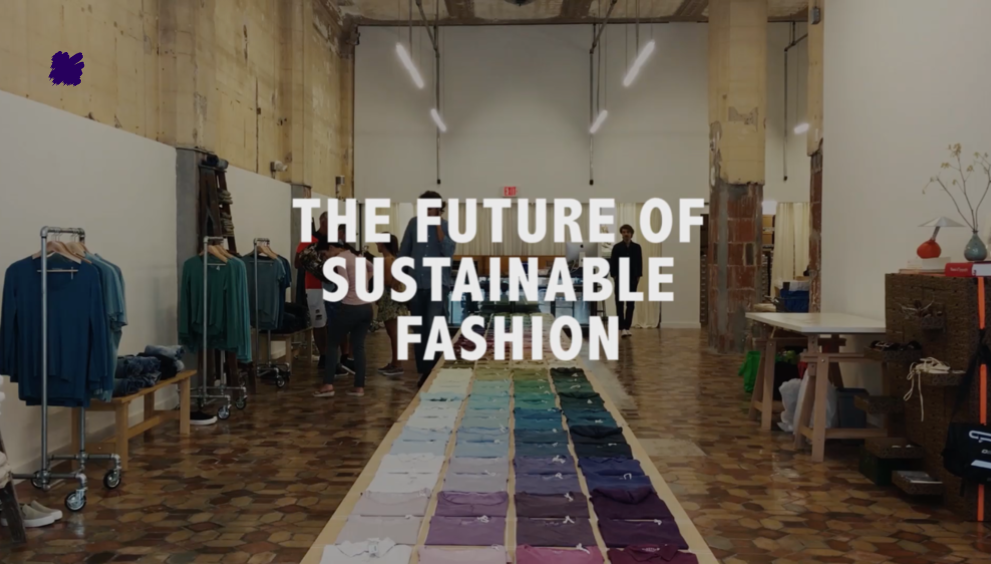The Rising Popularity of Sustainable Fashion in 2025
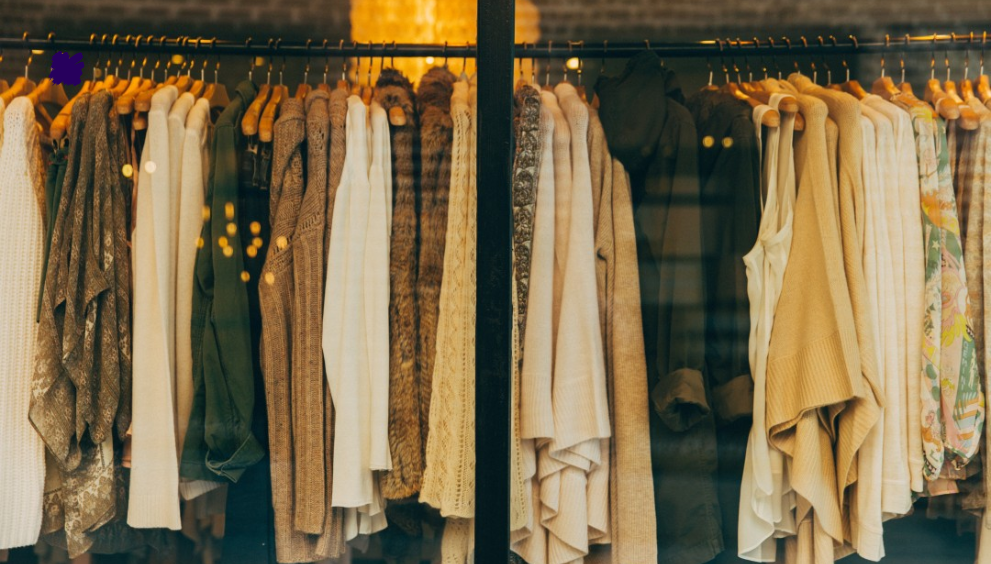
The Rising Popularity of Sustainable Fashion in 2025
In recent years, sustainable fashion has grown from a niche trend to a mainstream movement, and 2025 marks a critical moment in this shift. As consumers and designers alike become more environmentally conscious, sustainable fashion is no longer just an ethical choice—it has become a lifestyle. With climate change, resource depletion, and waste management emerging as key global concerns, the fashion industry is experiencing a major transformation. From eco-friendly materials to slow fashion practices, sustainable fashion is reshaping how we view clothing and the impact it has on the planet.
The Growing Awareness Around Sustainability
The fashion industry has long been associated with overconsumption, waste, and pollution. According to the Ellen MacArthur Foundation, the fashion industry is responsible for 10% of global carbon emissions, making it one of the biggest polluters in the world. In addition, 92 million tons of textile waste is generated each year, contributing significantly to landfill issues. As the negative impact of fast fashion becomes increasingly undeniable, consumers are starting to demand more responsible options. This shift in awareness has played a crucial role in the rising popularity of sustainable fashion.
Today, more people are opting for brands that prioritize eco-friendly practices. This includes using organic, biodegradable, or recycled materials, reducing water usage in production, and ensuring fair labor practices. The global push for environmental responsibility has propelled these ideas into the spotlight, making sustainability a key factor when consumers decide where to spend their money.
The Role of Social Media and Influencers
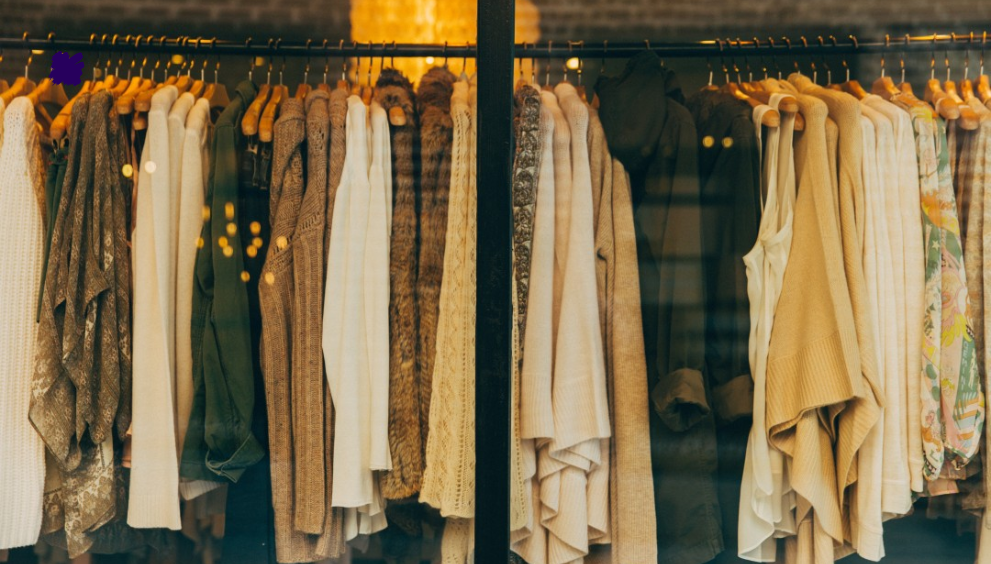
The role of social media and influencers in promoting sustainable fashion cannot be overstated. Platforms like Instagram, TikTok, and YouTube have become powerful tools in spreading awareness about eco-friendly fashion. Influencers, bloggers, and content creators have the power to shape trends and drive consumer behavior. Many influencers are now dedicating their platforms to highlight sustainable fashion brands, share tips on how to create a capsule wardrobe, and even advocate for a “buy less, buy better” mentality.
Brands are capitalizing on this shift by collaborating with influencers who promote their environmentally conscious collections. This has helped bridge the gap between high fashion and sustainable choices, showing that style and sustainability can coexist. As sustainability becomes more mainstream, it is becoming increasingly common for people to share their conscious fashion choices online, furthering the movement’s visibility.
The Rise of Eco-Friendly Materials
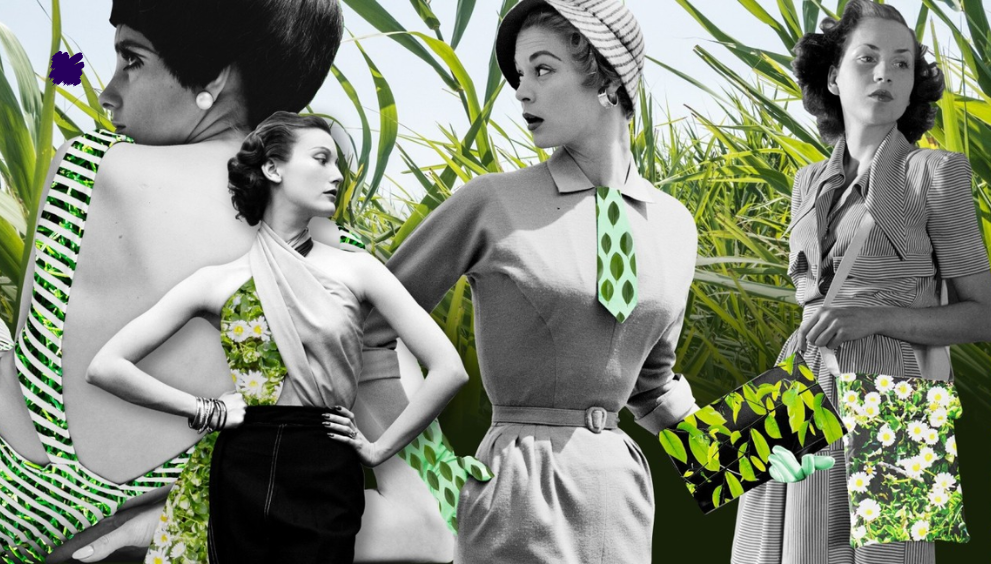
One of the most significant advancements in sustainable fashion is the rise of eco-friendly materials. Traditional fabrics such as cotton, polyester, and leather are known for their environmental footprint, from intensive water usage to the emission of harmful chemicals during production. In response, designers and brands are turning to innovative alternatives like organic cotton, hemp, and plant-based leathers. These materials require less water, fewer pesticides, and can often be produced using less energy.
Moreover, recycling and upcycling are becoming common practices. Recycled polyester, which is made from post-consumer plastic bottles, is increasingly being used in fashion collections. Brands are also exploring new materials such as mushroom leather, which is biodegradable and cruelty-free, offering a sustainable alternative to traditional leather. As technology advances, the development of new, more sustainable fabrics continues to push the boundaries of what is possible in eco-friendly fashion.
Slow Fashion: Moving Away from Fast Fashion
Fast fashion has long been a major player in the industry, with companies producing inexpensive, low-quality clothing at breakneck speeds to meet consumer demand. However, the environmental cost of this model has become too significant to ignore. In contrast, slow fashion promotes a more thoughtful and deliberate approach to clothing. It encourages consumers to purchase fewer items, invest in higher-quality pieces, and embrace timeless styles that don’t go out of fashion.
Slow fashion also emphasizes transparency in the production process, ensuring that workers are paid fairly and that materials are sourced ethically. In 2025, the slow fashion movement is gaining traction as more people reject the idea of disposable clothing in favor of longer-lasting and meaningful pieces. Brands are offering repair services, creating durable garments, and encouraging consumers to care for their clothes to extend their lifespan.
The Future of Sustainable Fashion
As we look ahead to the future, it’s clear that sustainable fashion will continue to grow in prominence. The consumer demand for eco-friendly alternatives will only increase, and brands will be expected to meet these demands with greater innovation and responsibility. In 2025, we are likely to see even more collaborations between fashion companies and environmental organizations, as well as new technologies that make sustainable production processes more accessible and affordable.
The rising popularity of sustainable fashion in 2025 is a testament to the growing collective consciousness about the impact of our choices on the environment. As the fashion industry embraces more ethical practices and materials, it is creating a future where style and sustainability go hand in hand. The transition to a more sustainable fashion world will continue to evolve, but the momentum is clear: fashion, as we know it, is being redefined for a better and more eco-conscious future.Read more informative blogs

 English
English 





